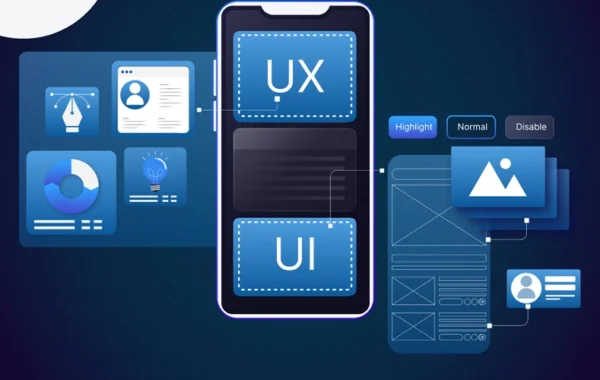“How is my shipment?” This is, surely, the phrase that people who work in customer service in logistics companies still hear the most today. The pressure for deadlines has always been a constant in the world of transport, and over time it has only gotten worse. As a result of this need, the tracking of shipments in transport arises and evolves, the so-called traceability.
Advantages of tracking shipments in transport
Knowing the status of our shipments in real time has more advantages than we can believe at first glance. You must also be aware that shipment tracking does not only answer the question of where my merchandise is, but also includes information on other aspects – that it has suffered an incident, that information is missing to make the delivery or that it is incorrect , that it has been incorrectly routed to another zone, etc-.
Here we review some of these advantages:
Shipment tracking brings transparency and visibility
A good shipment tracking system means that there is no cheating or cardboard possible. The more accurate the monitoring and reporting system, the greater the transparency and ability to know exactly what is happening. This will mean that the blackout of information and control that some companies feel they suffer with their merchandise shipments will disappear.
Anticipation of incidents
Having the information at the moment it occurs can help you alleviate and even cancel the consequences of a problem. It will never be the same to know instantly that a problem has arisen than to take days to discover it or end up finding out from the recipient’s claim that the merchandise is still waiting.
Even in the case of the worst news, such as a partial or total breakage, knowing it as soon as possible will allow you to replace merchandise or take the necessary measures to tackle the problem.
Production improvements
At this point, shipment tracking is intertwined with Just in Time operations. In supply chains that have their times measured to the millimeter and need the gears of the chain not to stop and arrive just when they are needed. For these environments it is essential to have a monitoring system that allows them to know that everything is going as expected. Or to react when it is not.
Shipment tracking improves customer experience
We’ve already seen enough incentive to be clear that all this makes for a better customer experience when you have these systems. Whether it is for an ongoing need, such as Just in Time systems, or for a more punctual need in which we have an exceptionally important shipment, good shipment tracking will make us more sure about how it is going, reduce unnecessary stress and, in Ultimately, we better perceive our logistics provider. In addition, with each passing day customers are more accustomed to these technologies and are more accustomed to using them.
Advantages for the provider itself
Customers are not the only beneficiary of this system. Logistics operators pay close attention to their own tracking system to measure their performance. In this way they can obtain statistics on where the errors are occurring and how frequent they are.
This also helps to determine responsibilities. Shipment tracking and traceability allows you to see if there are problems in the distribution in the coordination of the head office or, in the supply chains, see in which department or area the delays or breakages are occurring.
Of course, these traits can also be leveraged by the customer to get performance reports, evaluate the vendor, and work with the vendor for improvements.
continue to be competitive
Shipment tracking, although it can give us all these advantages, is seen more and more as a basic feature and not as an addition. In other words, lacking it will leave us in a disadvantaged position compared to the competition. A manufacturing company, facing its own end customer, must also take advantage of and share with them the tracking of shipments that it receives from its logistics operator.
In addition, there is also a competitiveness in costs for all those involved. It is impossible to compare the efficiency in effort and cost of the traditional telephone method with that of tracking, once we have managed to develop the latter. What can take hours and many calls can be reduced to an instant digital consultation.

 Phenomenon Studio: Award-Winning Product Design & Innovation
Phenomenon Studio: Award-Winning Product Design & Innovation  3 Data-Driven Metrics to Watch During Your Next Sales Funnel Audit
3 Data-Driven Metrics to Watch During Your Next Sales Funnel Audit  How to Backup Your Dedicated Server Effectively
How to Backup Your Dedicated Server Effectively  Why Your Choice of Hydraulic Pump Motor Could Make or Break Your Industrial Operation
Why Your Choice of Hydraulic Pump Motor Could Make or Break Your Industrial Operation  Small Size in Microchannel Heat Exchanger Systems
Small Size in Microchannel Heat Exchanger Systems  Top Web Hosting Trends and How It Can Affect Your Business
Top Web Hosting Trends and How It Can Affect Your Business  Do Website Builders Affect Website Performance?
Do Website Builders Affect Website Performance? 

